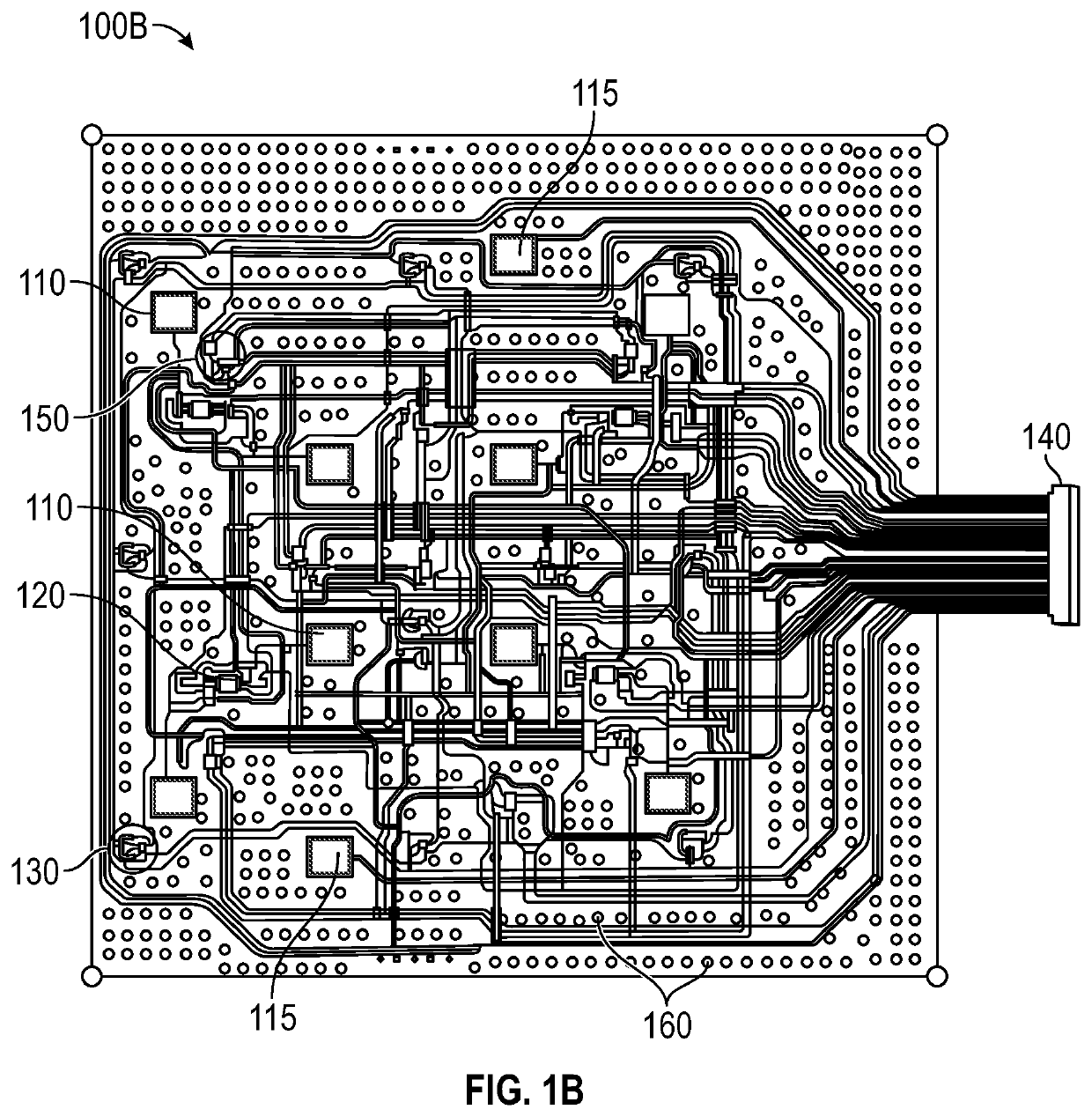Patient protection from unsafe electric current in sensor integrated dressings and systems
a technology of sensor integrated dressings and patient protection, applied in power conversion systems, electrical equipment, medical science, etc., can solve the problems of limited data collection, unwounded skin may have underlying damage, and limited information on the underlying tissu
- Summary
- Abstract
- Description
- Claims
- Application Information
AI Technical Summary
Benefits of technology
Problems solved by technology
Method used
Image
Examples
Embodiment Construction
[0019]Embodiments disclosed herein relate to apparatuses and methods of at least one of monitoring or treating biological tissue with sensor-enabled substrates. The embodiments disclosed herein are not limited to treatment or monitoring of a particular type of tissue or injury, instead the sensor-enabled technologies disclosed herein are broadly applicable to any type of therapy that may benefit from sensor-enabled substrates. Some implementations utilize sensors and data collection relied upon by health care providers to make both diagnostic and patient management decisions.
[0020]Certain embodiments disclosed herein relate to the use of sensors mounted on or embedded within substrates configured to be used in the treatment of both intact and damaged human or animal tissue. Such sensors may collect information about the surrounding tissue and transmit such information to a computing device or a caregiver to be utilized in further treatment. In certain implementations, such sensors m...
PUM
 Login to View More
Login to View More Abstract
Description
Claims
Application Information
 Login to View More
Login to View More - R&D
- Intellectual Property
- Life Sciences
- Materials
- Tech Scout
- Unparalleled Data Quality
- Higher Quality Content
- 60% Fewer Hallucinations
Browse by: Latest US Patents, China's latest patents, Technical Efficacy Thesaurus, Application Domain, Technology Topic, Popular Technical Reports.
© 2025 PatSnap. All rights reserved.Legal|Privacy policy|Modern Slavery Act Transparency Statement|Sitemap|About US| Contact US: help@patsnap.com



